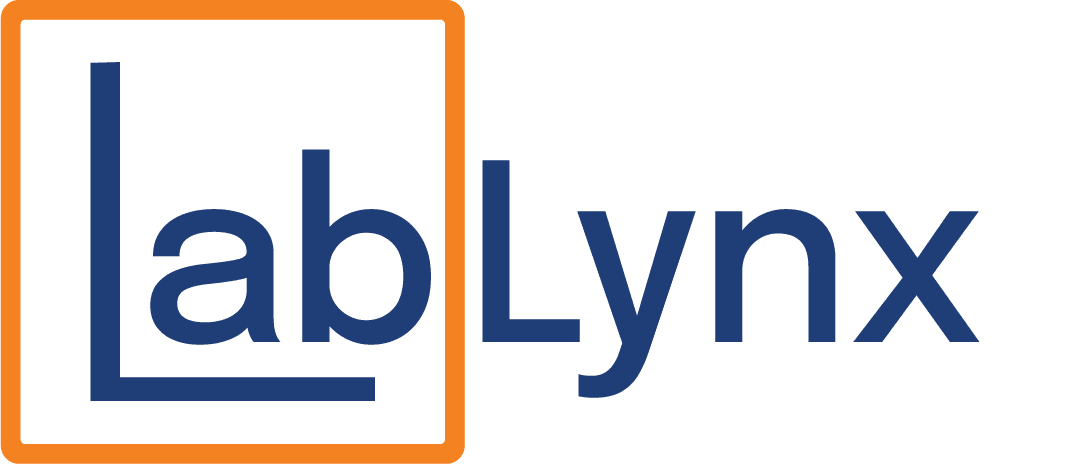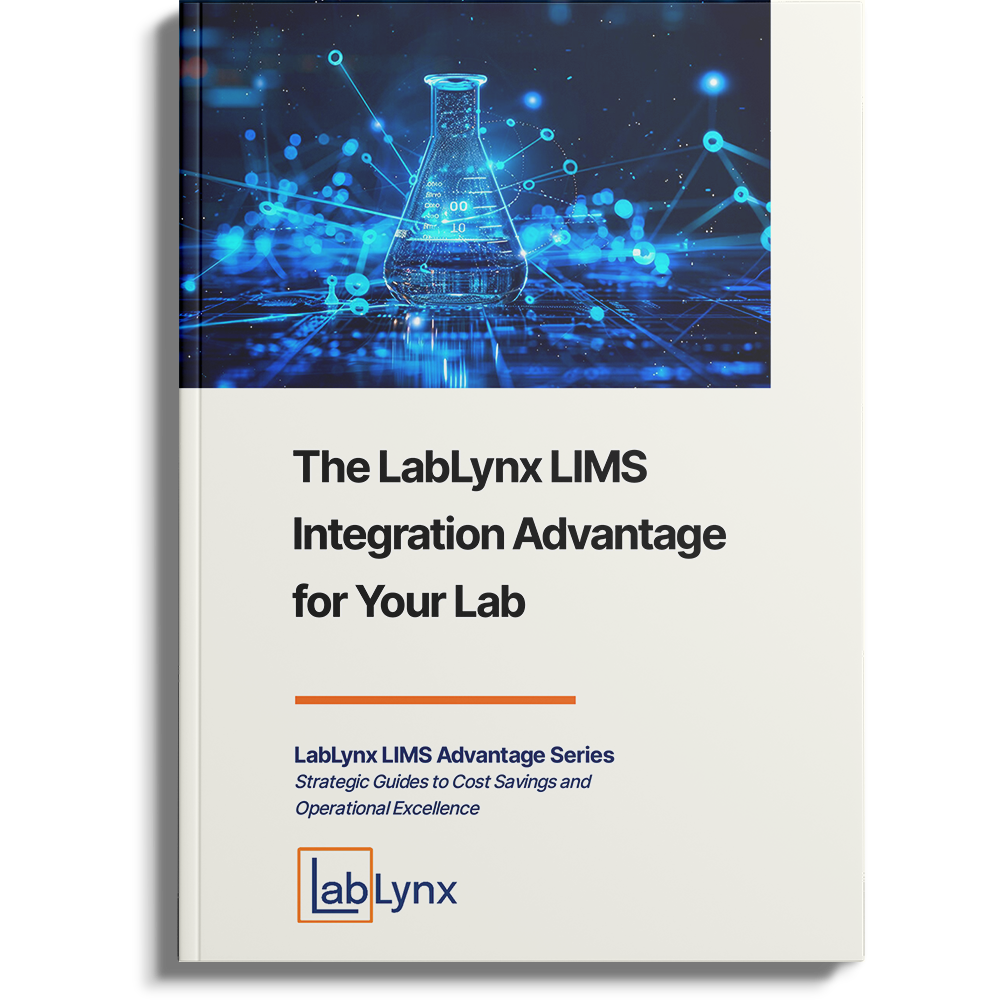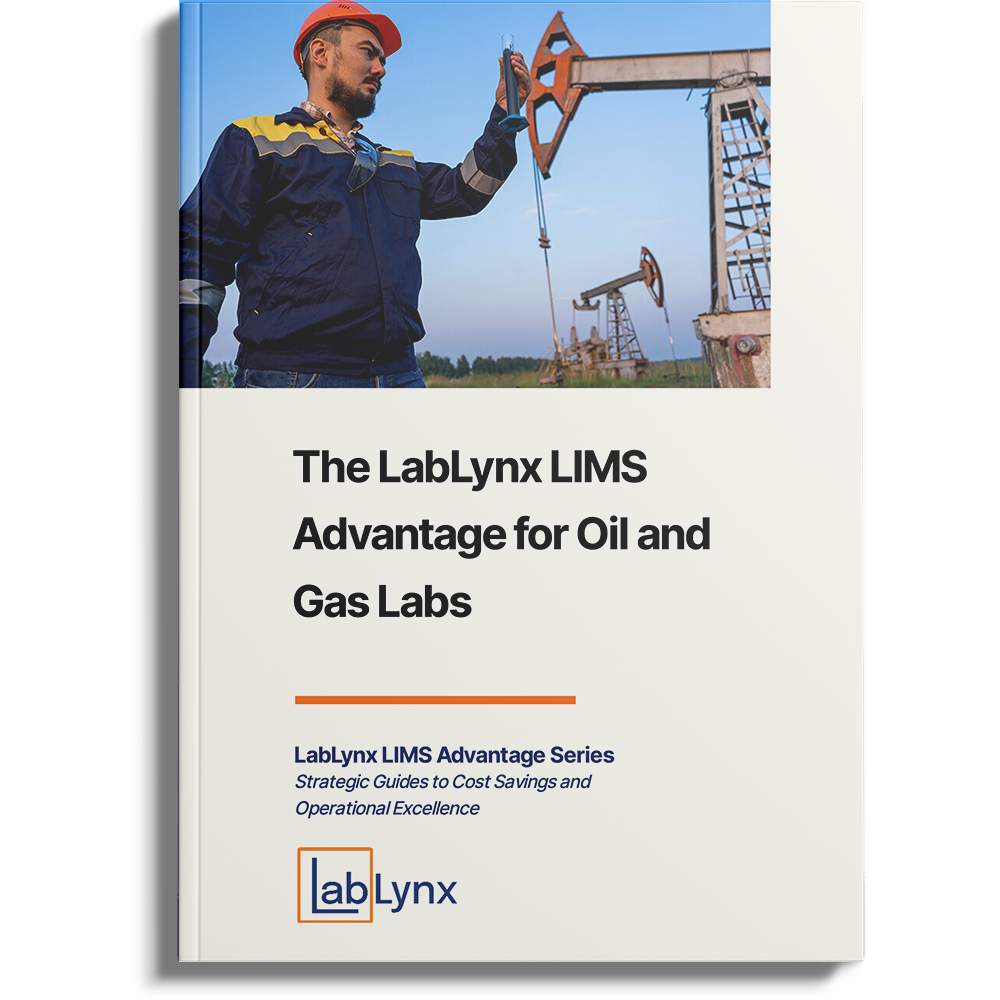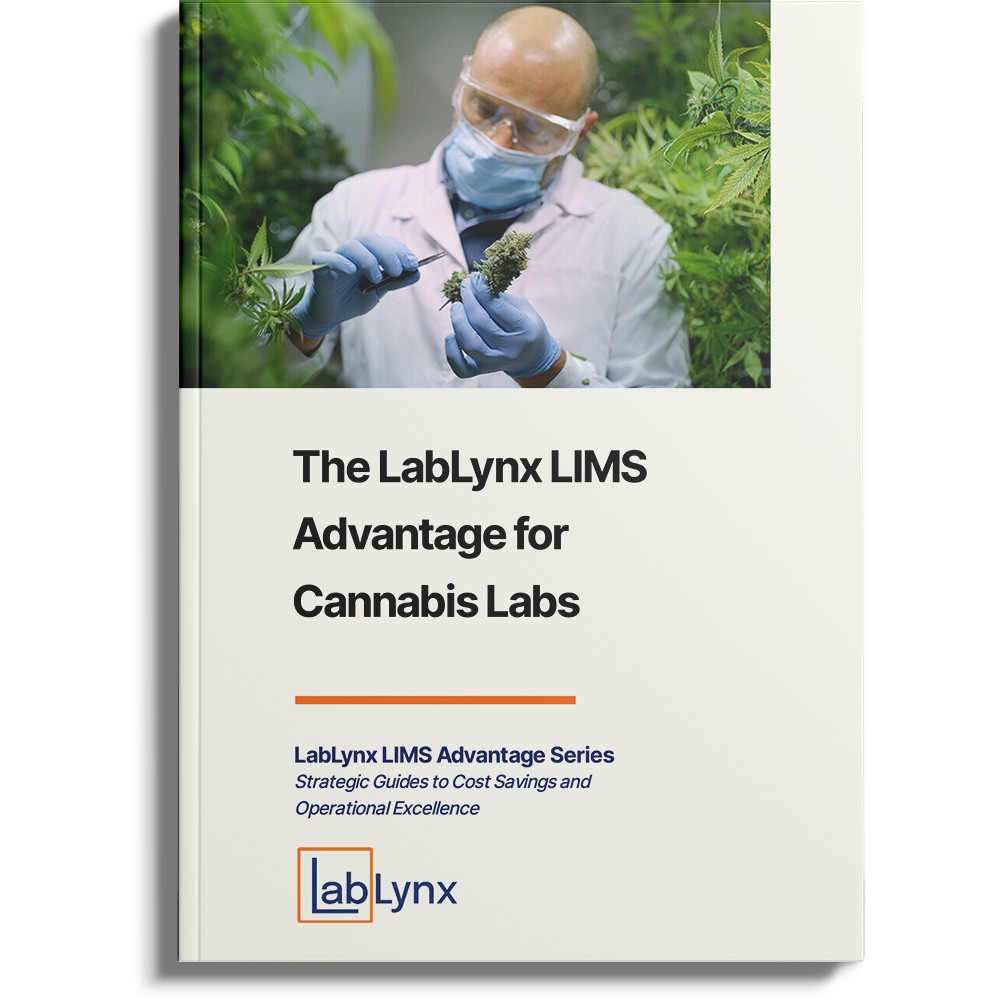

The COVID-19 pandemic has influenced every part of our personal and professional lives. Early in the pandemic, the number of laboratories able to perform COVID-19 testing was constrained in many locations due to staffing restrictions or a shortage of reagents. These problems still exist today, but as the pandemic continues to beleaguer the medical profession worldwide, supply chain problems have brought new difficulties that extend far beyond COVID-19 testing. Access to all facets of diagnostic testing is threatened by shortages of specimen tubes, personal protective equipment, and other typical laboratory consumables.
The entire impact of the COVID-19 pandemic on the world is still being evaluated. Since the onset of the initial shutdowns in March 2020, the adverse effects on commercial sectors, including travel, entertainment, and healthcare, in addition to the human cost, are still being felt to this day. Lab managers have made numerous changes in terms of the supplies they buy and the money they spend on medical research facilities.
Demand-capacity equilibrium was upset by COVID-19, which jeopardized established supply channels for laboratories [1]. The demand for COVID-19 tests, which were hard to obtain and unavailable through most hospital-based laboratories, initially outpaced the anticipated demand for routine test manufacturing.
The COVID-19 pandemic may have been a complete surprise to all of us, but the residual impacts it has had on the supply chain and economic stability require us to prepare for future events that can also be disruptive to our day-to-day operations. By preparing and remaining resilient in our operations and adaptive to changes outside of our control, we can seek to run laboratories effectively even in the face of the unknown.
Supply chain shortages
Global supply chain shortages have detrimentally influenced American healthcare, and labs across the nation are not exempt. Numerous items—including chemicals, pipettes, glove boxes, and hundreds of medications—are in limited supply at hospitals and laboratories worldwide.
Issues with the global supply chain will continue through the remainder of 2022 and into 2023. Certain weaknesses in supply chain management were uncovered by the COVID-19 epidemic and the subsequent geopolitical upheaval, with initially minor issues growing into much bigger ones. Demand for commodities is still high and substantially comparable to pre-pandemic levels. However, supply issues persist due to several problems, including a lack of raw materials and a shortage of truck drivers.
These shortages have impacted multiple industries, including healthcare and government facilities and their correlative laboratories. Though not obvious to all, the impact of supply chain shortages can be felt throughout multiple industries and has impacted everyone in one capacity or another.
Government facility impacts
Government facilities, including research institutions and research labs, were heavily impacted by supply chains and other issues. The pandemic-related delays, supply chain challenges, and, most recently, the worst inflation in 40 years have caused many significant science projects worldwide to fall behind and go over budget.
Scientists develop their research projects using the same methodology engineers use to construct a bridge, creating a precise cost and timeline—known as a performance baseline—that directs each stage of development. That baseline is almost sacred. Funders typically chop off portions of a project to keep costs in check if they begin to go over budget. They only “rebaseline” a project by expanding its budget and timeframe as a last resort. This means that delays and shortages can severely impact the baseline dates set in place by these projects and can limit research among multiple areas of study.
Healthcare laboratories
Throughout the COVID-19 pandemic, the clinical laboratory has also faced supply chain issues. Global delays and a lack of raw materials have coexisted with an increased and erratic demand for laboratory testing.
Due to the pandemic’s exposure to the shortcomings of “just-in-time” inventory management [2], many laboratories were left without supplies. Worldwide, laboratories have experienced periodic shortages of everything from pipette tips to viral transport media, nose swabs, and molecular testing chemicals.
Inventory management, storage, and distribution; introduction of new products; and best practices that include future pandemic readiness are all priorities for laboratories as they move forward with both buying inventory needed now and stockpiling supplies for the future. It is imperative for laboratories to monitor and prepare for future unforeseen events and emergency situations similar to the COVID-19 outbreak. Preparedness measures should include redundancies in the established supply chain and move away from the “just-in-time” model for essential equipment and supplies.
Inventory management
In the wake of multiple global supply chain shortages, it is essential to keep a firm understanding and scope of the needed and anticipated inventory for a lab’s operations, as well as any potential supply chain shortages and delays. Lab directors should evaluate reports on the number of tests invoiced vs. the number of supplies ordered. A facility can examine the organization’s testing, teach other facilities about lab stewardship, and stop ordering supplies that aren’t necessarily based on current inventory numbers.
Inventory management can include multiple elements, including standard operating procedures (SOPs), training manuals, certificates, regulatory files, and receipts. When implemented well, inventory management can assist your lab in managing these and other vital operations documents, particularly when enacted in an informatics solution like a laboratory information management system (LIMS) with inventory management capabilities. A LIMS allows you to have a clear vision of the anticipated needs of your laboratory and a more real-time understanding of items that may be required in your operation.
Laboratory informatics and inventory management
With the help of a proper laboratory informatics solution, laboratories may more accurately track resources, monitor inventory, gauge stock levels, and forecast stock reordering. These solutions make simple labeling and documentation, upkeep of auditable records and databases, purchasing, and scheduling easier.
The benefits of a LIMS include offering the ability to efficiently manage various elements of your laboratory environment, including inventory management. This software can keep track of samples and procedures, assemble data for analysis, and ensure lab operations adhere to various standards and laws. The LIMS also helps standardize tests, workflows, and procedures while offering precise process controls.
An effective LIMS can help reduce supply chain issues by enabling laboratories to track supply chain issues, record delays, and maintain the fluidity to adapt to shortages. Orders can be placed earlier, reducing dependence on a just-in-time supply chain model, and solutions to supply chain issues can be tracked and improved.
Strategic solutions at LabLynx
Our goal at LabLynx is to understand your lab’s needs and create a practical, rewarding ELab LIMS software solution that allows you to continue to improve your laboratory operations seamlessly and efficiently, by focusing on the things you need for your operation, like inventory management. Keeping a firm understanding of your lab’s operations can allow you to remain resilient and adaptive to supply chain shortages or other situations that arise in the future.
References
[1] https://supplychainminded.com/understanding-the-demandcapacity-curve/ [2] https://www.investopedia.com/terms/j/jit.asp



